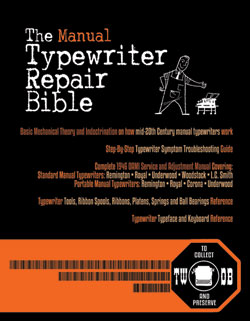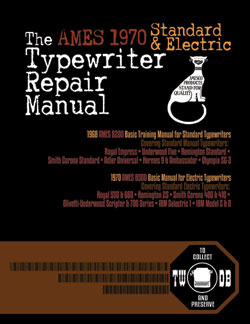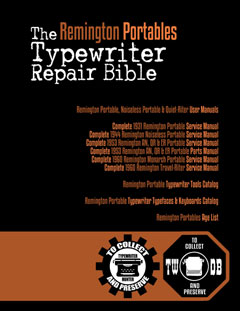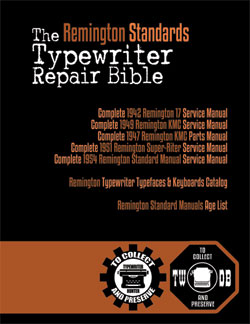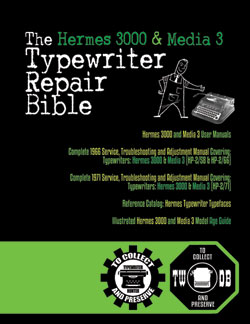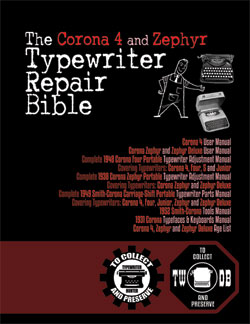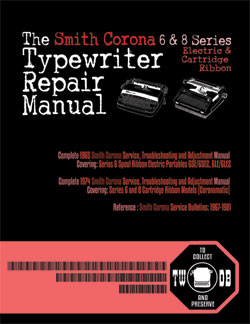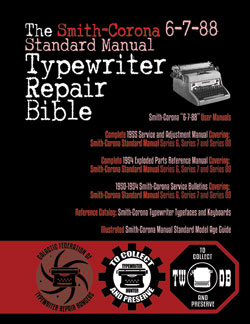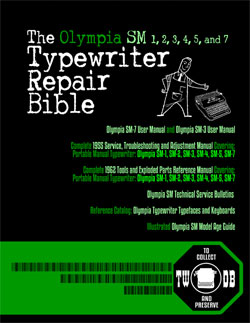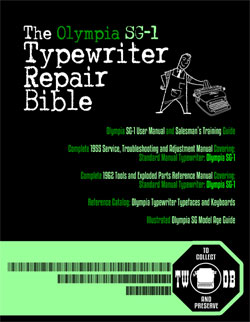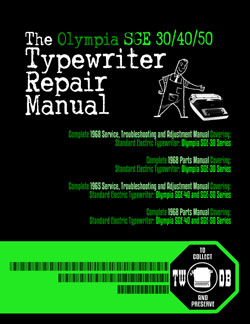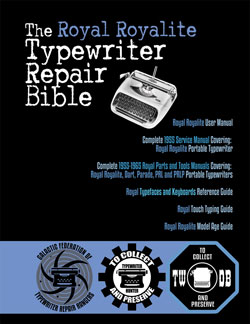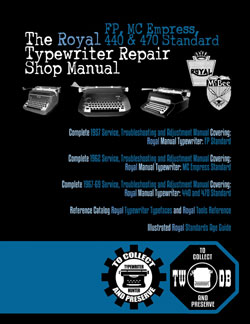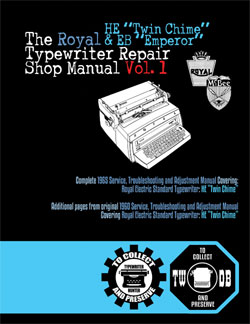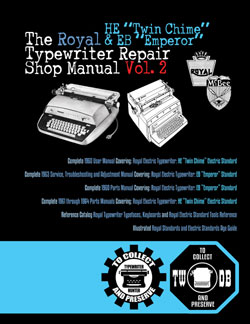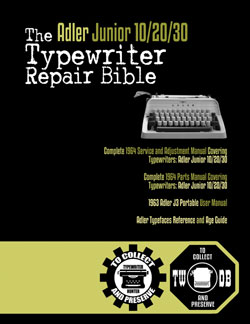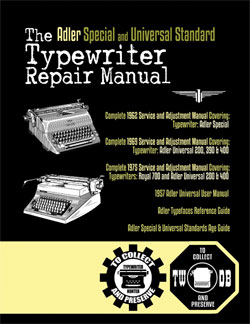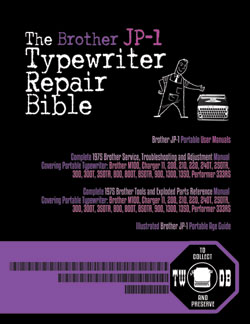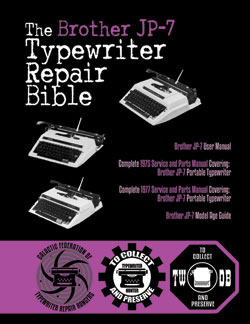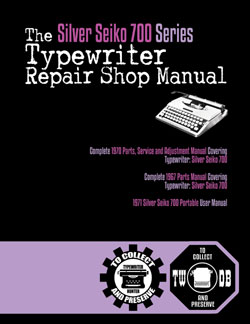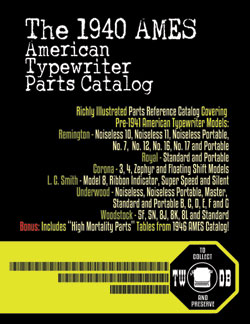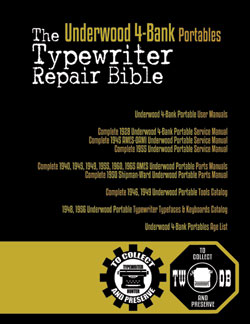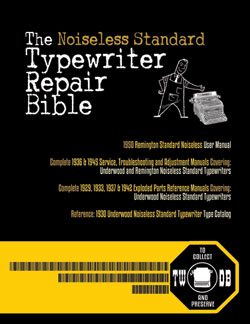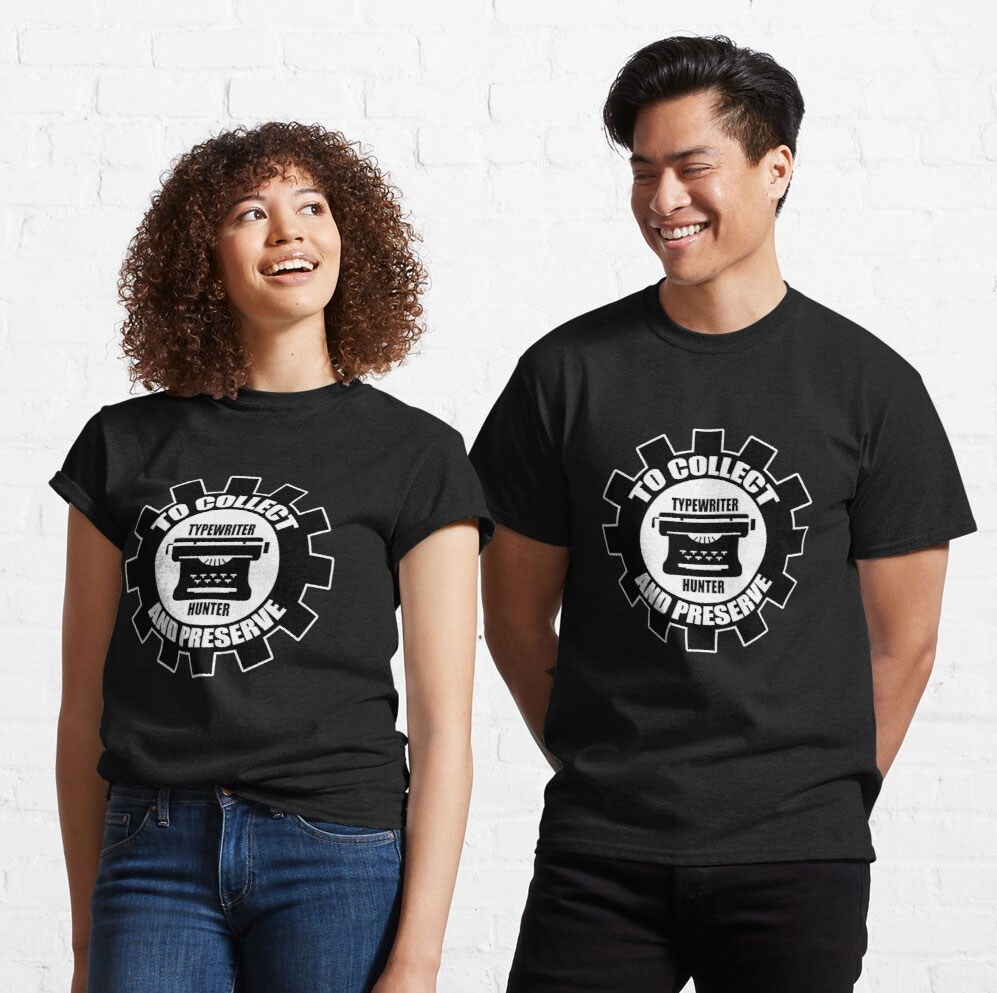1933 Torpedo 15a #176813
Status: My Collection
Hunter: Paolo Dal Chiele (pdcox)
Created: 03-21-2025 at 09:48AM
Last Edit: 03-21-2025 at 10:05AM
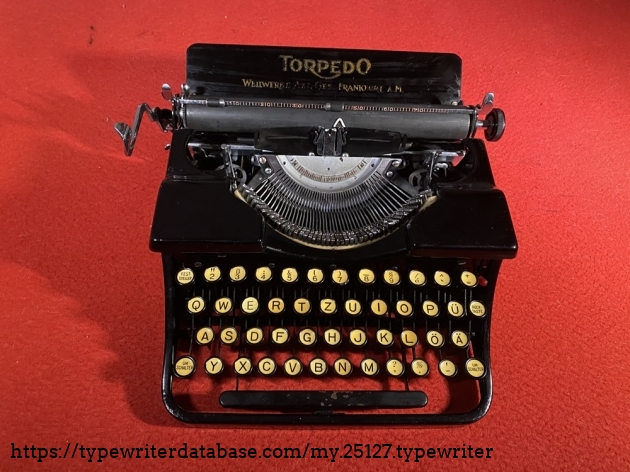
Description:
This is a Torpedo 15a produced in 1933.
Because it was neglected and left without case for years, the typewriter was very (very) dirt and the the platen was seized, so I had to to dismantle it completely, which allowed me to appreciate the details of the project and construction, and this immediately after having worked on an Adler 7, an Urania Piccola of the first series and a Triumph Durabel, all produced between the end of twenties and beginning of the thirties and therefore in direct competition.
The design is by Herbert Etheridge, who first patented it in Germany in 1930, and then sold it to Torpedo to create a new model that would have been competitive with the new type of portable typewriters that were gradually gaining ground at the time: light and compact machines that significantly closing the performance gap with standard machines.
The Torpedo 15 was launched on the market in 1931.
I personally don't like Etheridge's design and find it much inferior to that of the medium-high range typewriters with which it competed in terms of image and price.
The most obvious feature is the return lever: at the time, portable typewriters had vertical levers with a horizontal fulcrum (e.g. Adler 7) or horizontal levers with a vertical fulcrum (like most portables designed in the late 1920s and early 1930s, such as the Triumph Klein, the Urania Piccola or the Olympia Progress). The former are simpler to build and easier to use, provided that the typewriter is small enough to keep the movement of the hand that operates it within reasonable limits. The larger the size of the typewriter, the more space the hand has to make to move from the keyboard to the lever, and for this reason, most designers preferred horizontal levers with a vertical fulcrum. Hetheridge instead decided to adopt a compromise solution, associating a horizontal lever with an horizontal fulcrum. I won't go into the details of the breakdown of forces, but it is intuitive that this solution is inefficient from a mechanical point of view. The first to realize the problem and try to fix it somehow was Torpedo itself, which immediately after the start of production of the Torpedo 15 was forced to modify the return lever, replacing it with a much more rigid and, unfortunately, even longer one in the 15a model. The âshortâ lever can be seen in the Model 15 presented by Robert Messenger in a very interesting post to which I add the link.
This is the kind of compromise that the designers of Triumph, Urania, Olympia etc. would never have been willing to make.
Then there are many other design features of the machine that appear much less refined than those of the competition, such as the system for releasing the margin at the end of the line, the mechanism for reversing the direction of the ribbon or the frame to carriage coupling. Other are very unpractical, such as the paper bail.
But where Etheridge pushed his approach to the design to the limit is the extreme simplification of the kinematics, reduced to two articulated levers and two links, and eliminating every transverse element in cast metal, limiting the entire structure to shaped sheet metal elements.
I add a drawing from my notebook, but in the above mentioned post Robert Messenger i also presenting in drawing of the kinematics from the Etheridge patent application that is much more detailed.
The aim of limiting production costs was then extended to the bodywork, composed of only two elements, the rear and the remaining part composed of electro-welded elements.
What bothers me personally is not so much the desire to reduce the weight and the number of parts to the extreme, thus reducing production costs, but the fact that the Torpedo was proposed to the public as a high-end product, while in fact it was clearly inferior to the models in the price category in which it was proposed.
There are âeconomicâ typewriters of that period such as the Olympia Filia or the Juwell 3 (both typewriter I personally enjoy to use) which, despite having eliminated everything superfluous, are surprisingly pleasant , and above all they were âhonestâ in the price at which they were proposed.
In conclusion, a deceiving typewriter: the Torpedo 15a is interesting for the collector who will keep it on display, but should be avoided by those looking for an interwar portable to use with some frequency.
By the way, the platen was seized because someone had to repair it, removing the lever to disengage the platen and modifying moving the tension spring of the paper bail from left to right, which interfere with the paper release lever and forced to modify the tension spring of the carriage release... poor design, big problems.
Typeface Specimen:
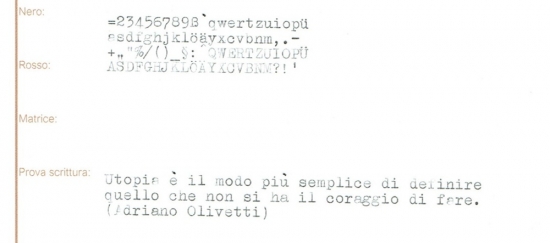
Links:
Photos:
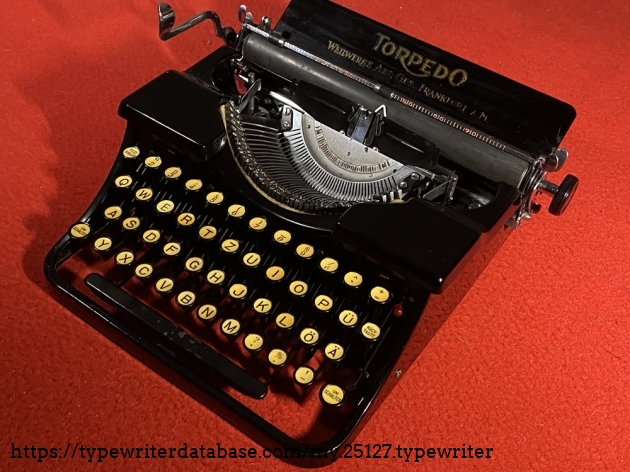
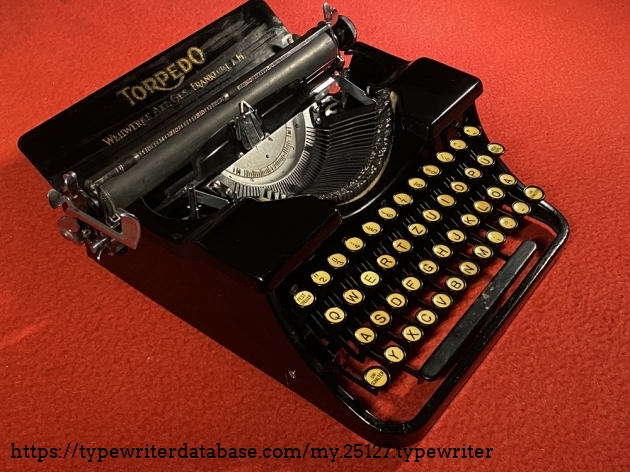

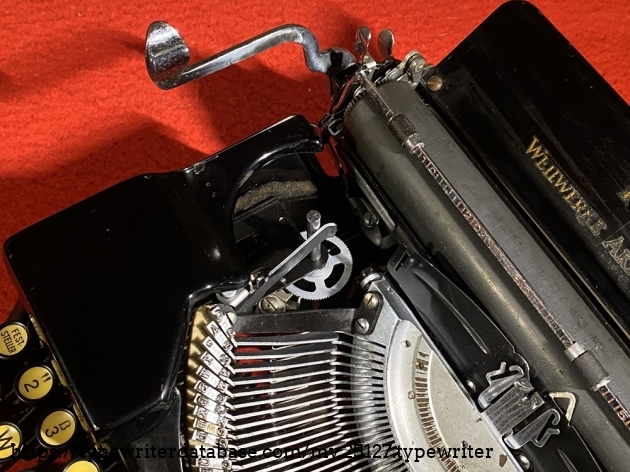
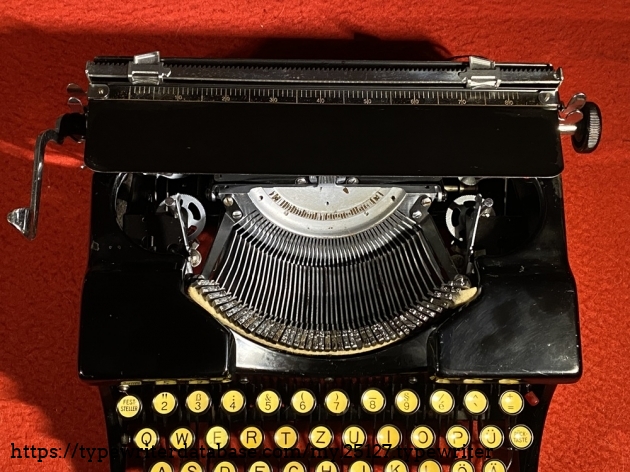
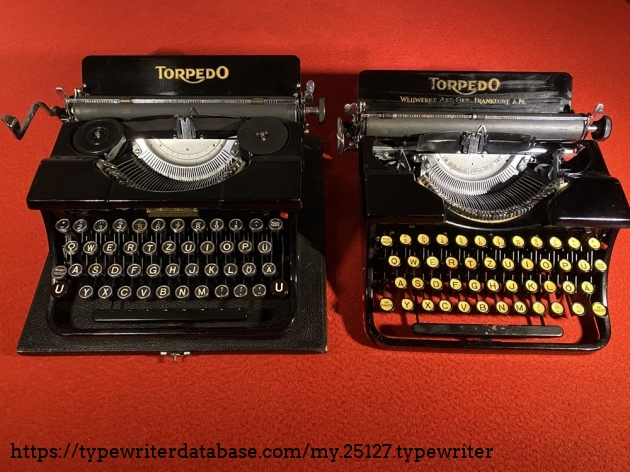
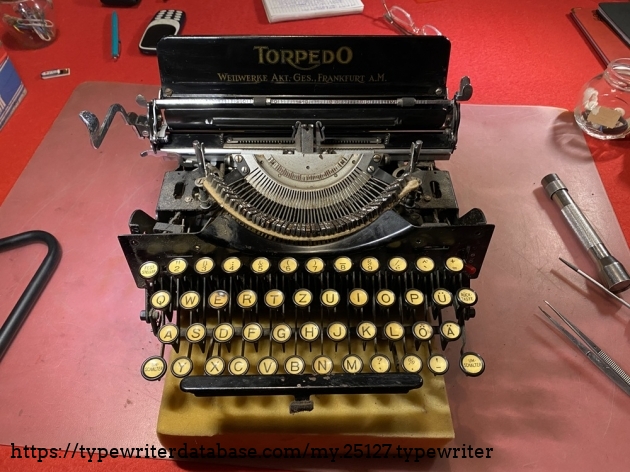

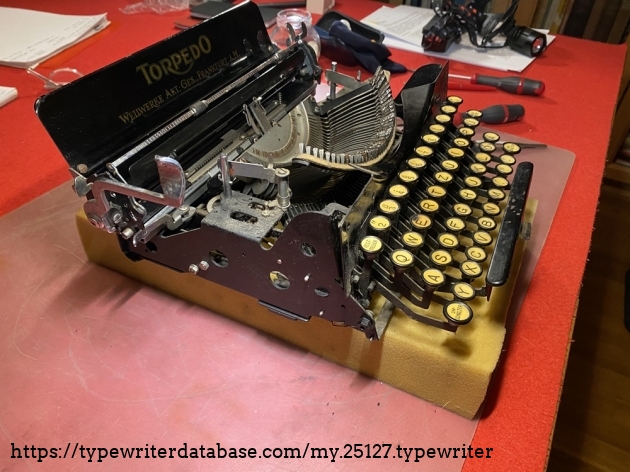
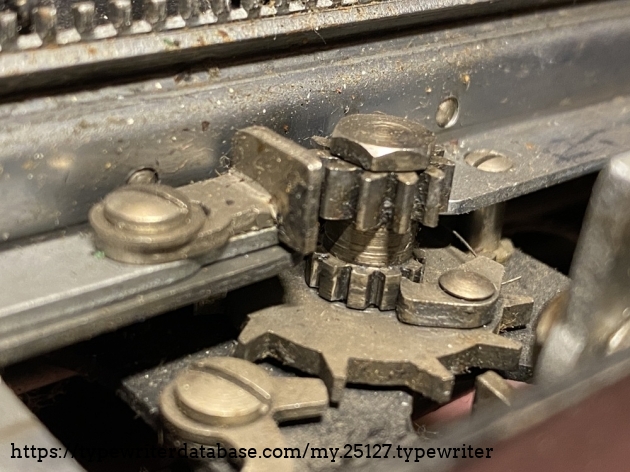
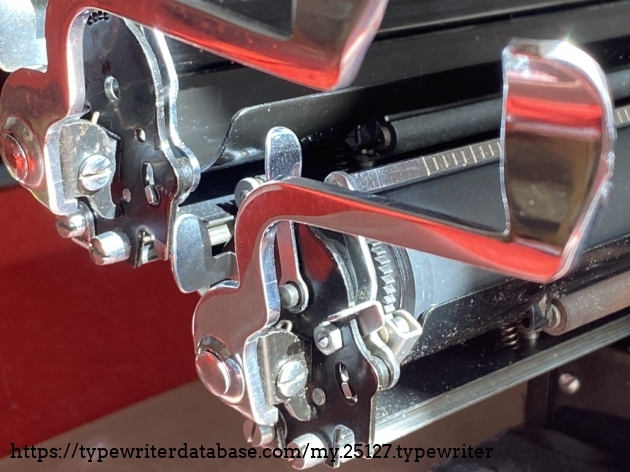
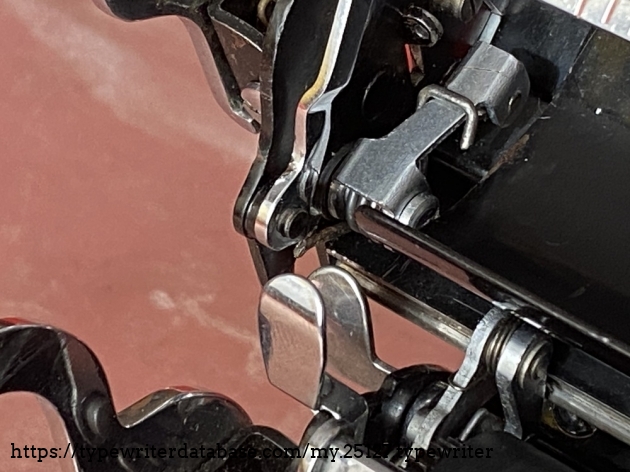
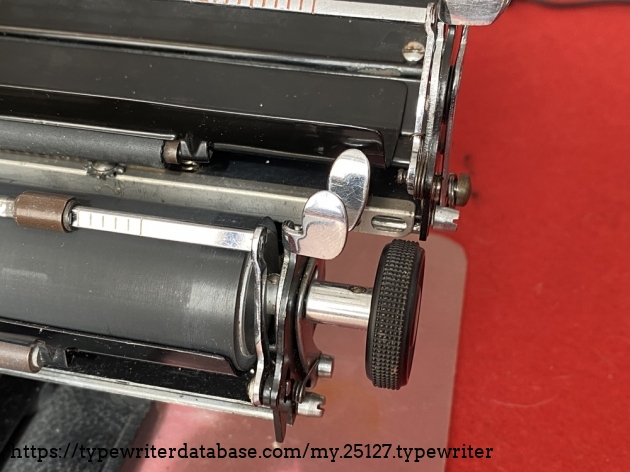
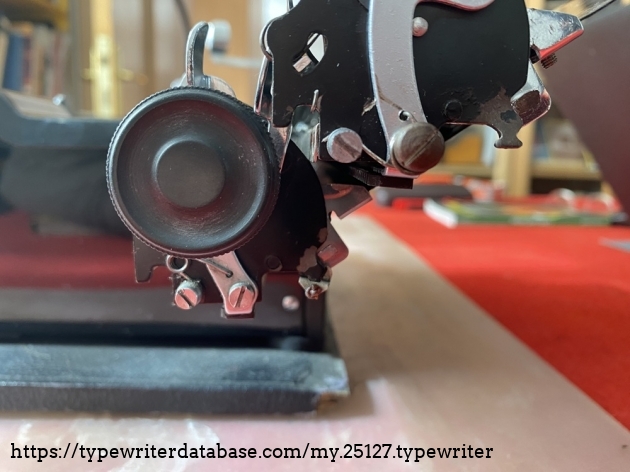
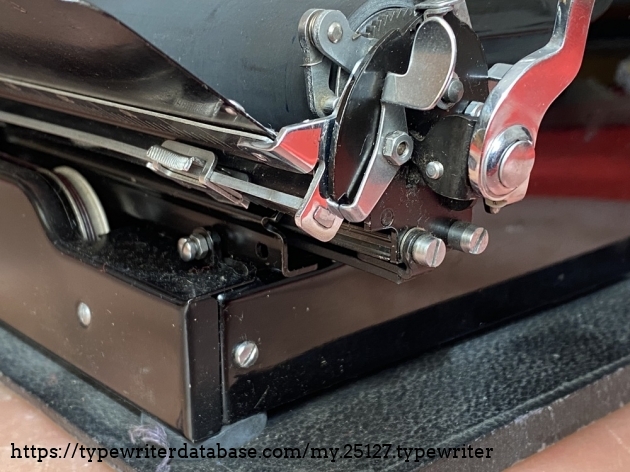
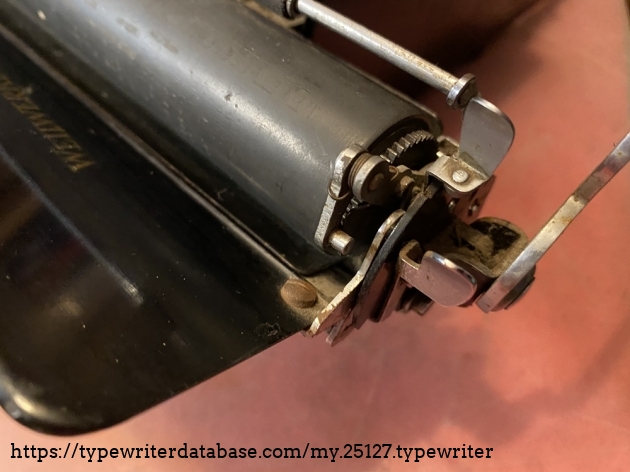
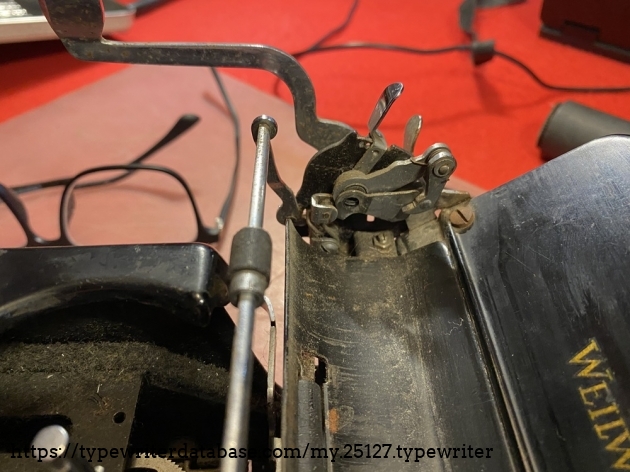
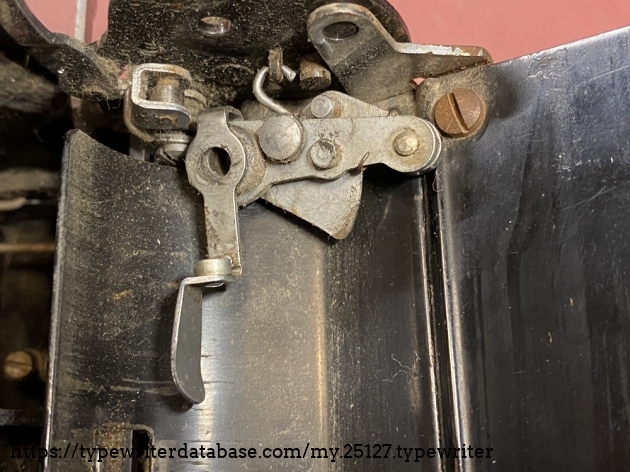

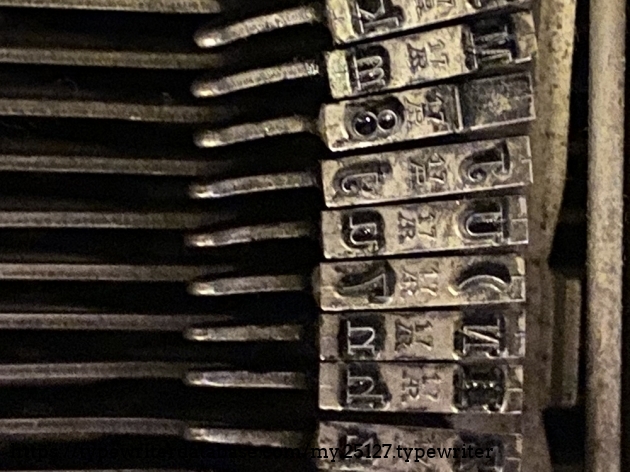

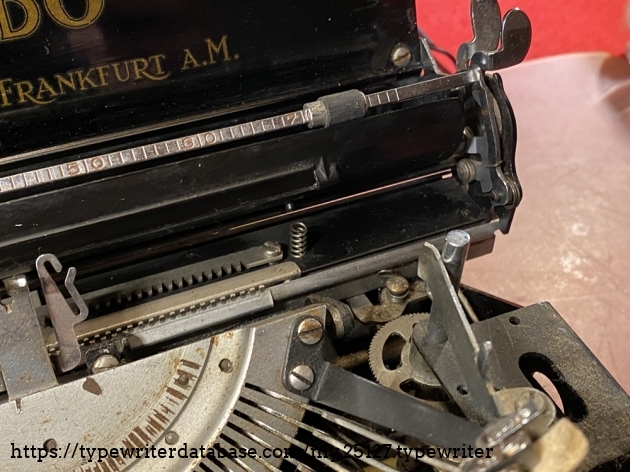
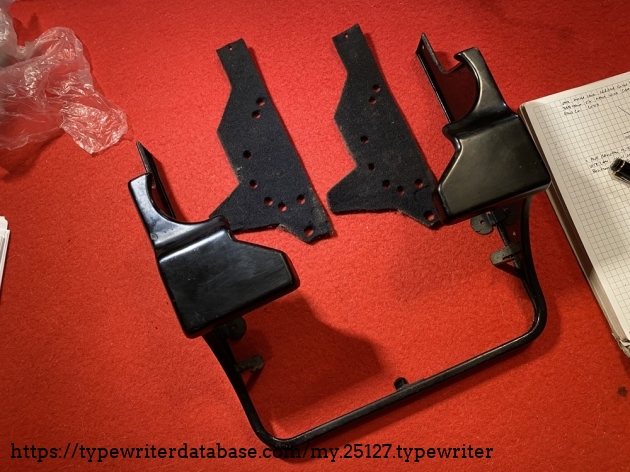
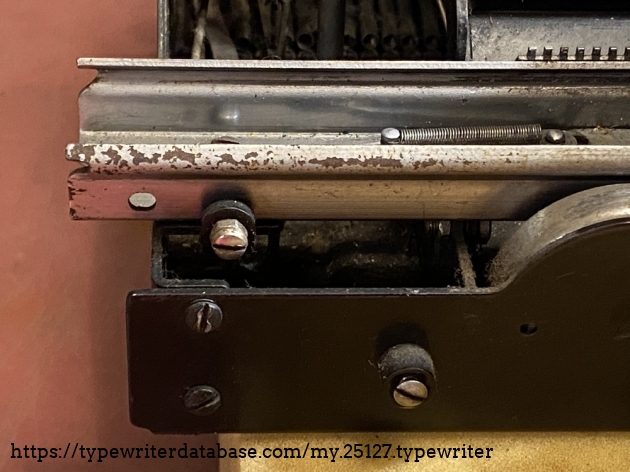
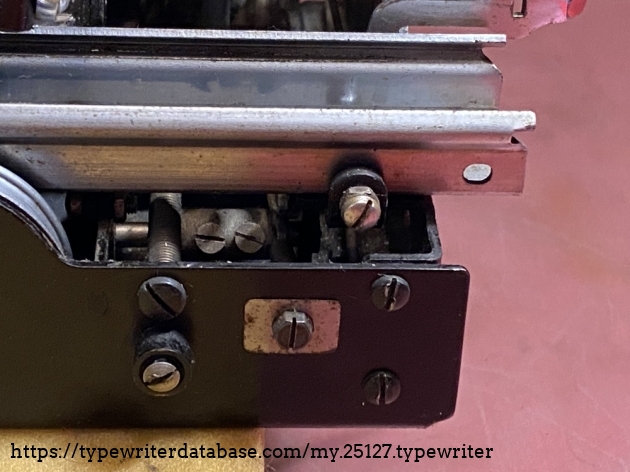
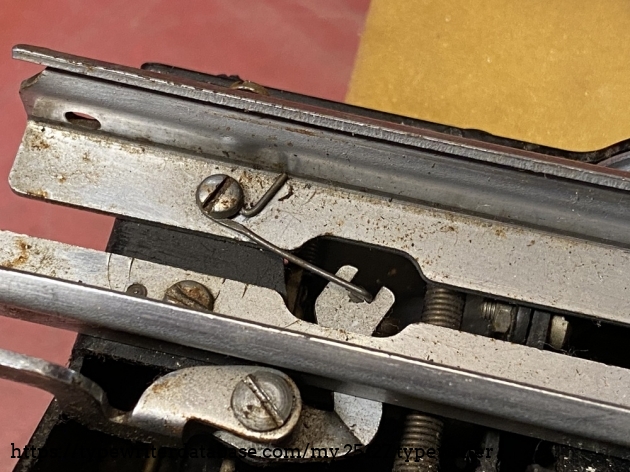
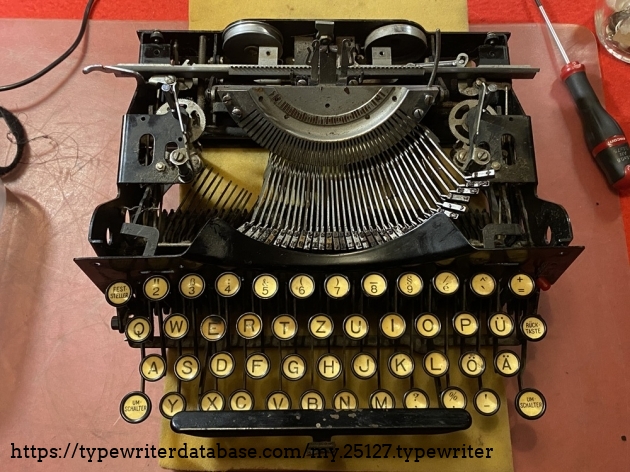
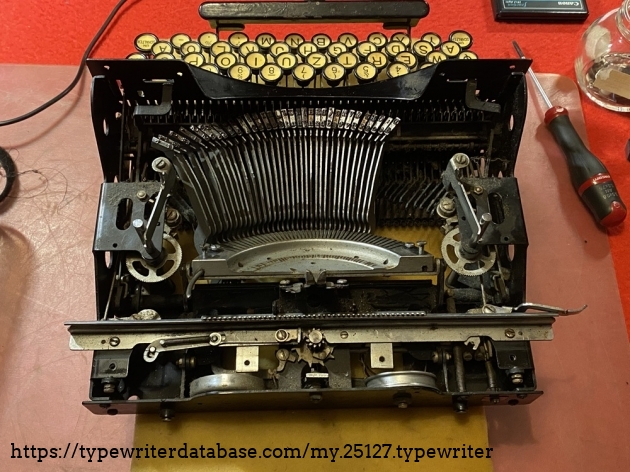
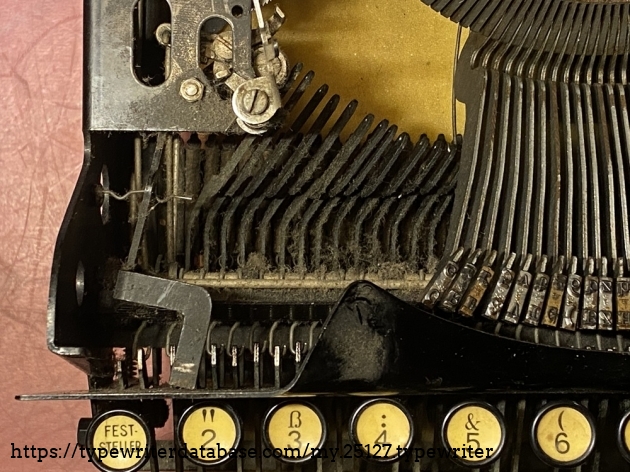
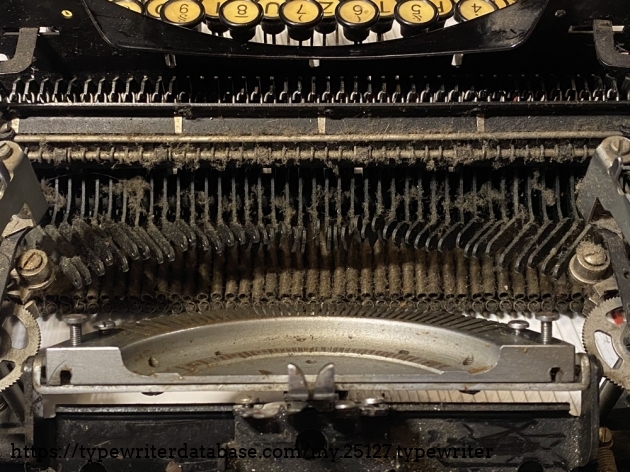
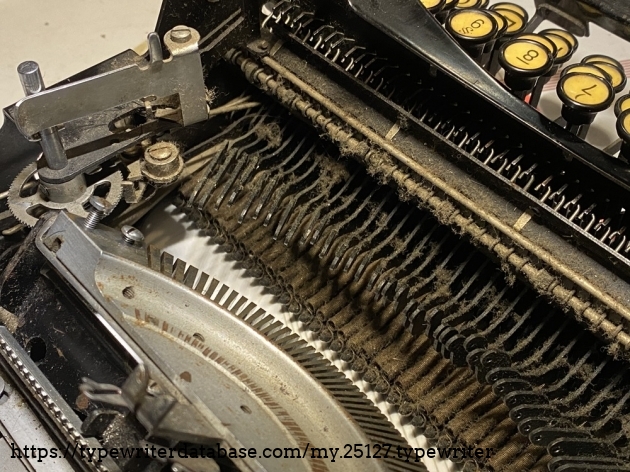
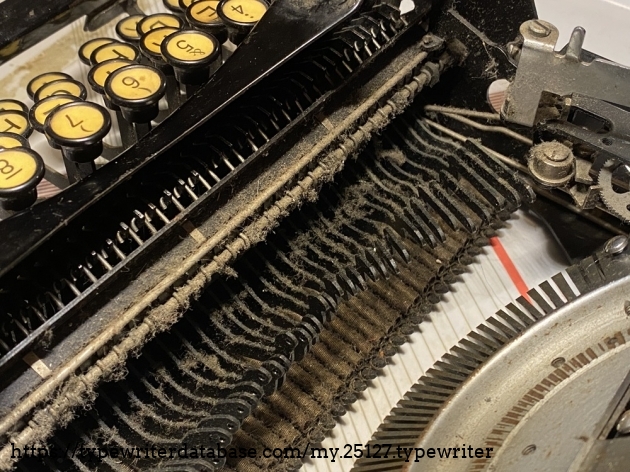
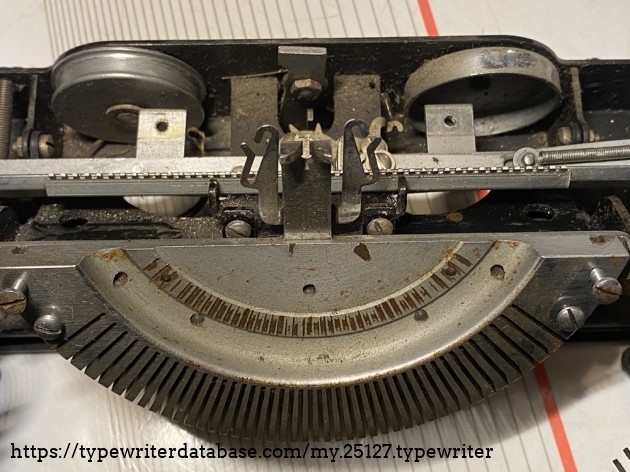
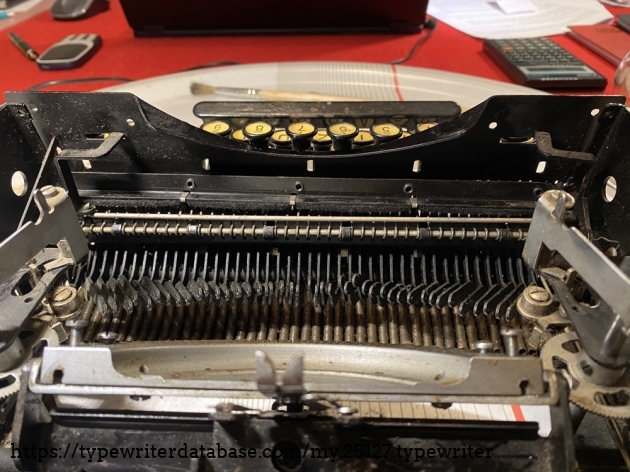
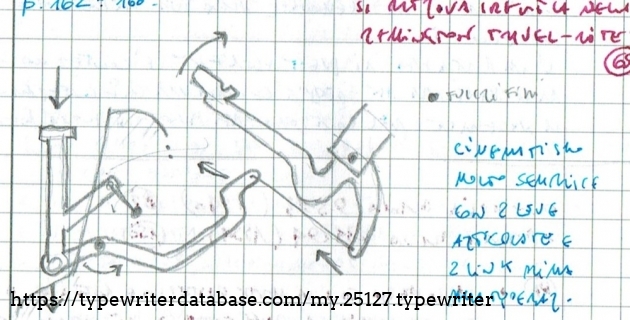
Hunter: Paolo Dal Chiele (pdcox)
Paolo Dal Chiele's Typewriter Galleries [ My Collection ] [ My Sightings ]

Status: Typewriter Hunter
Points: 3152
Interested in historic motoring and vintage cars, I received a typewriter as a bonus when I bought and old off-road car. The previous owner had found somewhere a typewriter produced for the German army and when he sold me the car he gave me the typewriter too. As I learned later, it was a1961 Olympia SM7 Robust..
Of the typewriters I value more character than perfection, the signs that time has left and the stories - or fragments of stories - of those who used them ...
RESEARCH NOTE: When researching the Torpedo 15a on a computer with lots of screen real estate, you may find that launching the Torpedo Serial Number page and the Torpedo 15a By Model/Year/Serial page in new browser windows can give you interesting perspectives on changes throughout the model series.
